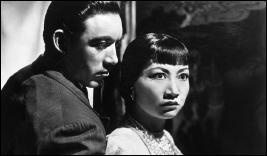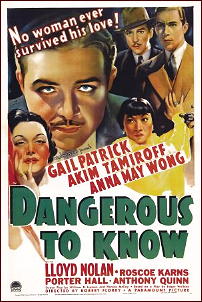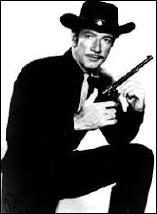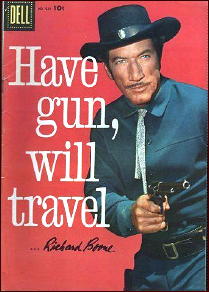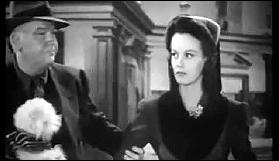Thu 16 Nov 2017
Movie Reviews by Dan Stumpf: SECRETS OF … THE FRENCH POLICE (1932) / SCOTLAND YARD (1944).
Posted by Steve under Action Adventure movies , Mystery movies , Reviews[4] Comments
SECRETS OF THE FRENCH POLICE. RKO, 1932. Gwili Andre, Gregory Ratoff, Frank Morgan and John Warburton. Written by Samuel Ornitz and Robert Tasker from magazine stories by Ashton Wolfe. Director: A. Edward Sutherland
SECRETS OF SCOTLAND YARD. Republic, 1944. Edgar Barrier, Stephanie Bachelor, C. Aubrey Smith, Lionel Atwill, Martin Kosleck, John Abbott and Mary Gordon. Written by Denison Clift. Directed by George Blair.
Two very different films, each lots of fun in its own way.
French Police is a lavish Selznick production, with splendid sets, moody photography and lots of lurid pre-Code mischief as it weaves the tale of General Moloff (Gregory Ratoff) a Russo-Chinese criminal mastermind (you know the type) who schemes to abduct an innocent young flower girl (the lovely Gwili Andre) and pass her off as Princess Anastasia, using hypnosis and drugs.
That would be plenty for any self-respecting super-villain, but Moloff goes the extra mile, murdering inconvenient witnesses and leaving notes written in the victim’s blood incriminating other inconvenient witnesses — and that’s just when he’s in a hurry; given time and leisure, he drains his victims’ blood, covers them with plaster, and displays them as statues in his sinister palace, guarded by malevolent Orientals and surrounded with death traps.
In short, a villain who takes his arch-fiendishness seriously, with the sort of old world polish one just doesn’t find in scoundrels these days.
All of this is off-set knowingly by Frank Morgan as a sharp police inspector who recruits the flower girl’s burglar-boyfriend (John Warburton) to penetrate Moloff’s fiendish lair and unhatch his diabolical plots. And though I’m not sure “unhatch†is actually a word, Morgan and Warburton underplay their parts beautifully (I particularly enjoyed the scene where Warburton explains to Morgan why he thinks the World owes him a living), adding a touch of cynicism to the theatrical goings-on that keeps it slightly — very slightly—grounded in reality amid the cliffhangers and killings.
The result is a film that seems part pulp-magazine and part send-up of pulp magazines, and an immensely satisfying blend of both.
Scotland Yard, on the other hand, is a cheap little thing from Republic, a studio that knew how to do cheap movies just right, with a better than usual cast for them.
We start with the defeat of Germany in World War I, with the German High Command already plotting their next strike by planning to get a mole into the decoding unit of the British War Department. Fast-forward to 1939, and the decoding unit run by C. Aubrey Smith (he of the lantern jaw and eyebrows like blunt instruments) and staffed with familiar character actors. Edgar Barrier plays the star decoder, but they no sooner break the code than he’s found dead on the floor, with his work erased.
So it seems that the Germans got their mole in place, and the question is, which one is it? And how to find out? Fortunately for the allied cause and the film’s title, Barrier has a twin brother who works for Scotland Yard, and he steps into the dead man’s shoes to find out.
What follows is fifty agreeable minutes of cat-and-mouse, helped along considerably by a cast of suspects that includes Lionel Atwill, John Abbott and Martin Kosleck at his sinister best, the whole thing — punctuated by vigorous fist-fights in the Republic manner.
But there are also some telling bits of atmosphere rare for Republic: fog-shrouded streets, country cottages, and even Mary Gordon on leave from Universal’s Sherlock Holmes series as a cheerful housekeeper. And perhaps best of all, a quiet moment in the decoding office as the staff solemnly listens to King George VI’s halting radio speech declaring war, and everyone stands at attention when the radio plays “God Save the King.â€
It’s one of those little touches that lifts Secrets of Scotland Yard out of the B-Movie rut, and, together with that quintessential movie cast, help to make it memorable.

